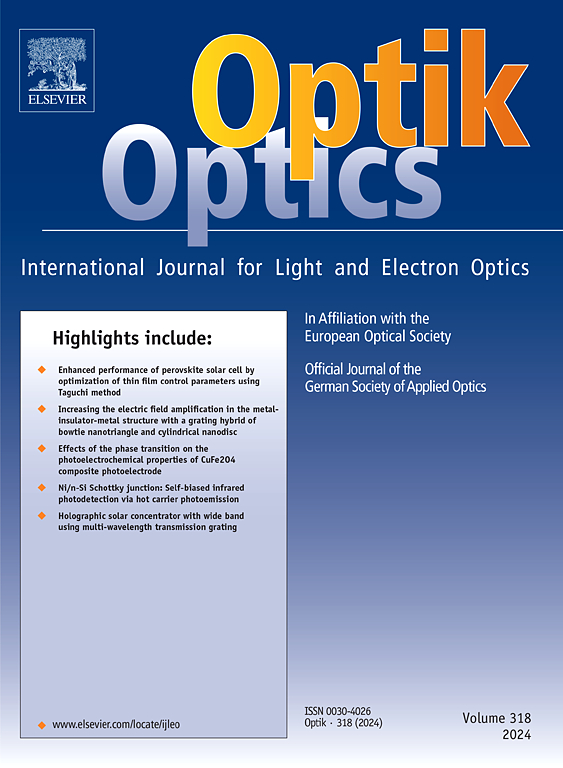LED驱动器近电发射随功率变化和照明方式变化的实验测量
IF 3.1
3区 物理与天体物理
Q2 Engineering
引用次数: 0
摘要
静态转换器的生产面临着一个重大挑战,即电磁干扰(EMI),它可能会带来重大问题。在各种电磁污染源中,LED 灯中的 AC/DC 能量转换起着重要作用。这种污染通过电缆传导,并以传播电磁场的形式辐射到空气中。因此,必须减缓 LED 灯生产过程中的电磁干扰,以减少电磁污染的负面影响,并确保不同系统之间更好的电磁兼容性。本文旨在研究功率变化和照明模式如何影响 LED 射灯对 TEKBOX 电探头所测电场的性能,利用近场扫描(NFS)技术捕捉频谱域中的三个分量(E、E、E)。测量过程中的扫描步长固定为 0.5 厘米。该装置中的 LED 灯由电源直接供电,工作电压为 220 V,频率为 50 Hz。使用的灯有两种,一种额定功率为 6 W,另一种为 12 W,每种灯提供三种照明模式:模式 1 发射白光,模式 2 发射彩光,模式 3 则同时发射白光和彩光,从而提供了高度灵活的照明选择。在测量过程中,电场是在感应器中心上方测量的。此外,还在 LED 驱动器表面的特定坐标(4 厘米、1.5 厘米)处进行扫描。该扫描用于收集数据或评估与该精确位置 LED 驱动器性能或特性相关的特定参数。本文章由计算机程序翻译,如有差异,请以英文原文为准。
Experimental measurement of the near electric emission from LED driver as function of power variation and lighting mode
The production of static converters faces a major challenge known as electromagnetic interference (EMI), which can pose significant problems. Among the various sources of electromagnetic pollution, AC/DC energy conversions in LED lamps play an important role. This pollution is conducted through electrical cables and radiated into the air in the form of propagating electromagnetic fields. It is therefore essential to mitigate electromagnetic interference in LED lamp production to reduce the negative impact of electromagnetic pollution and ensure better electromagnetic compatibility across different systems. The objective of this paper is to examine how power variability and lighting modes influence the performance of LED spot lamps on the electric field measured by a TEKBOX electric probe, capturing the three components (E, E, E) in the spectrum domain using the near-field scanning (NFS) technique. The scanning step during the measurement process is fixed at 0.5 cm. The LED lamps in this setup are powered directly from the main, operating at 220 V and 50 Hz. Two types of lamps are used, one rated at 6 W and the other at 12 W, each offering three lighting modes: Mode 1 emits white light, Mode 2 emits colored light, and Mode 3 combines both white and colored light, providing a high degree of flexibility in terms of lighting options. During the measurement procedure, the electric field is measured above the center of the inductor. In addition, a scan is performed over the LED driver surface at specific coordinates (4 cm, 1.5 cm). This scan is used to collect data or assess specific parameters related to the performance or characteristics of the LED driver at that precise location.
求助全文
通过发布文献求助,成功后即可免费获取论文全文。
去求助
来源期刊

Optik
物理-光学
CiteScore
6.90
自引率
12.90%
发文量
1471
审稿时长
46 days
期刊介绍:
Optik publishes articles on all subjects related to light and electron optics and offers a survey on the state of research and technical development within the following fields:
Optics:
-Optics design, geometrical and beam optics, wave optics-
Optical and micro-optical components, diffractive optics, devices and systems-
Photoelectric and optoelectronic devices-
Optical properties of materials, nonlinear optics, wave propagation and transmission in homogeneous and inhomogeneous materials-
Information optics, image formation and processing, holographic techniques, microscopes and spectrometer techniques, and image analysis-
Optical testing and measuring techniques-
Optical communication and computing-
Physiological optics-
As well as other related topics.
 求助内容:
求助内容: 应助结果提醒方式:
应助结果提醒方式:


